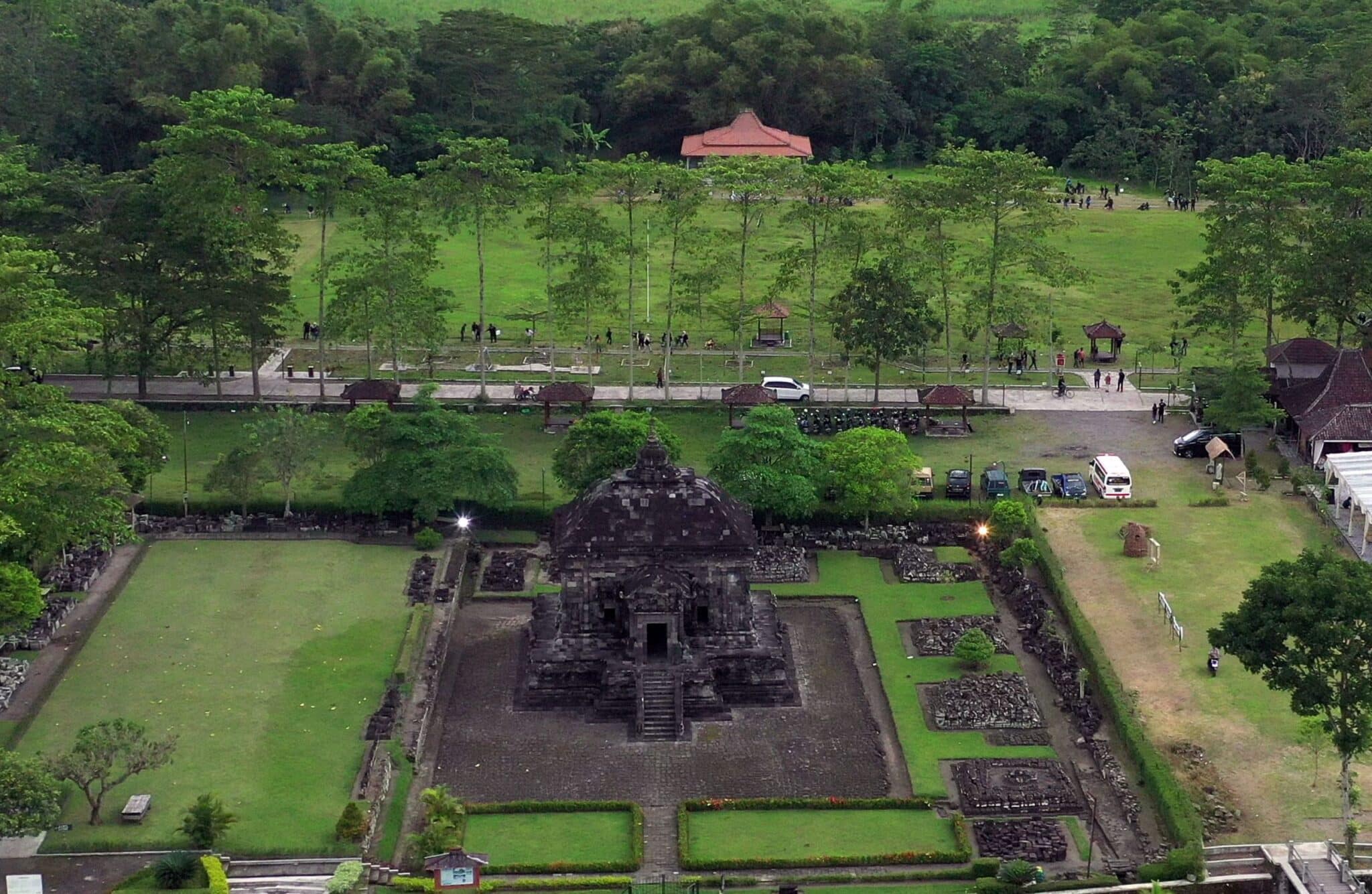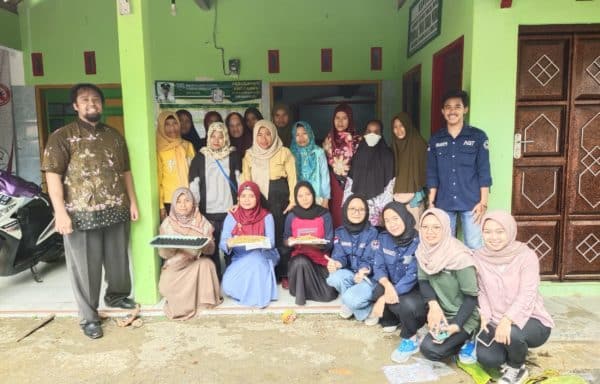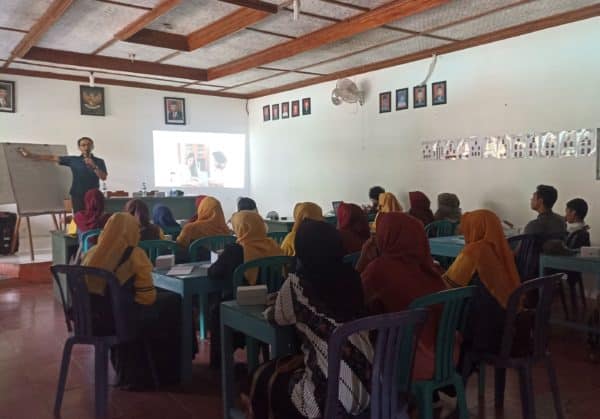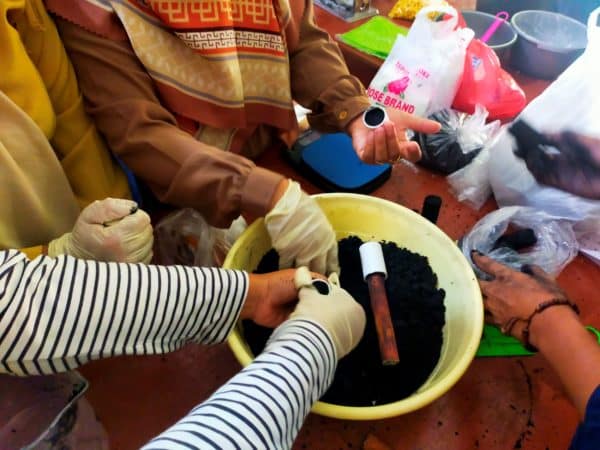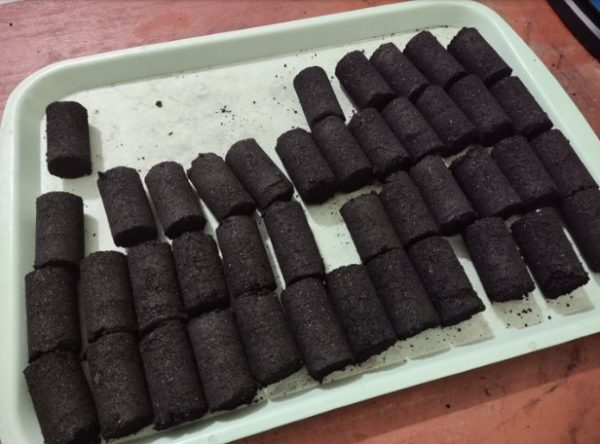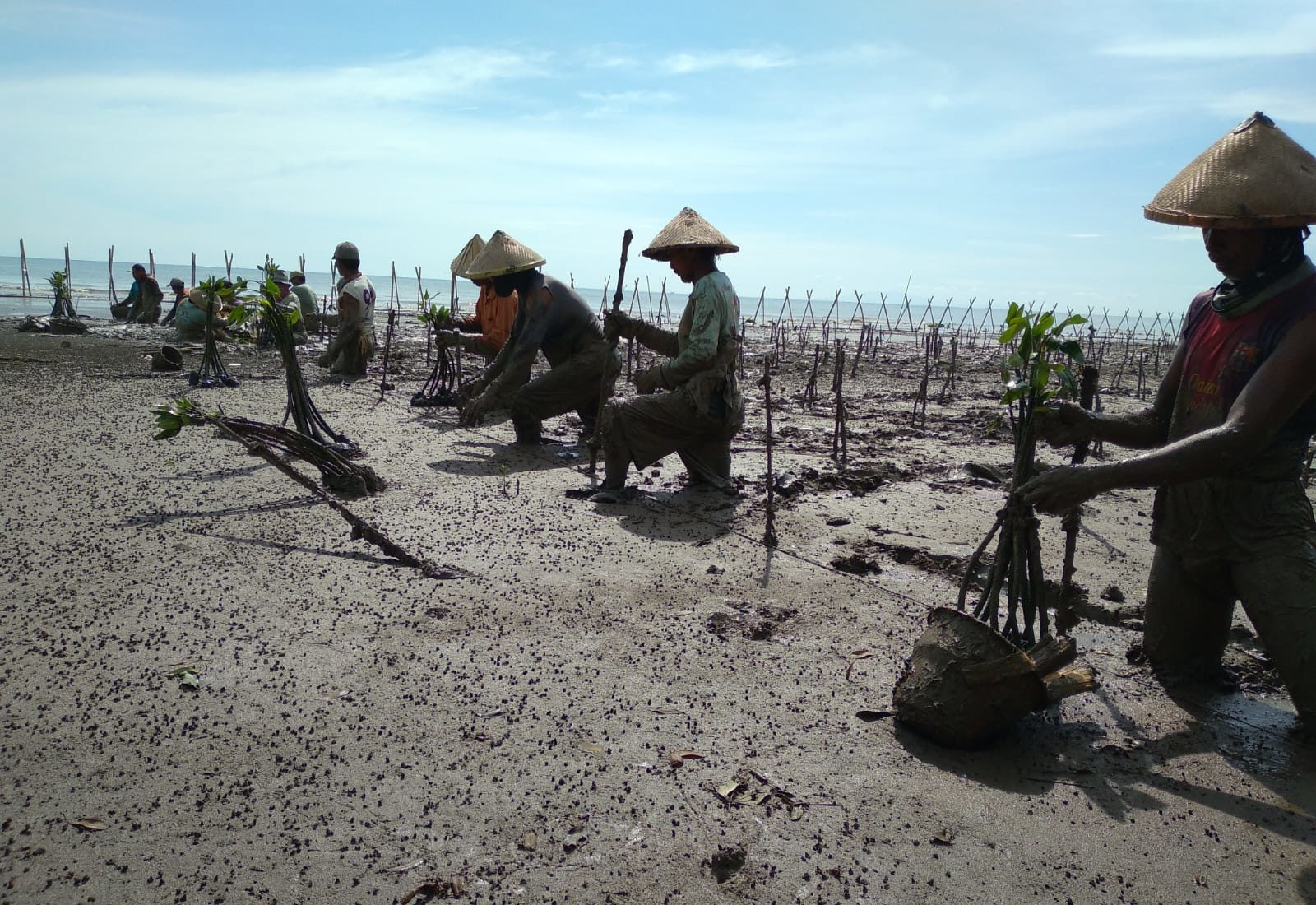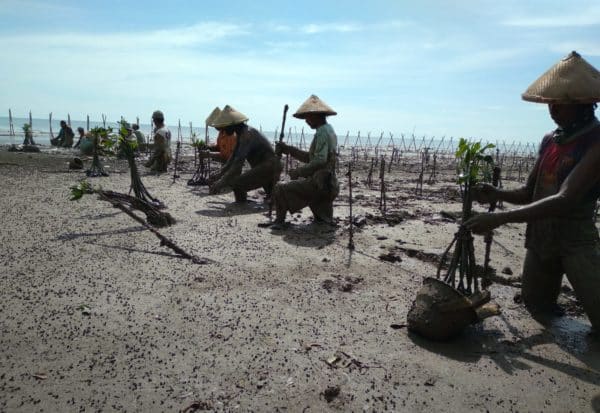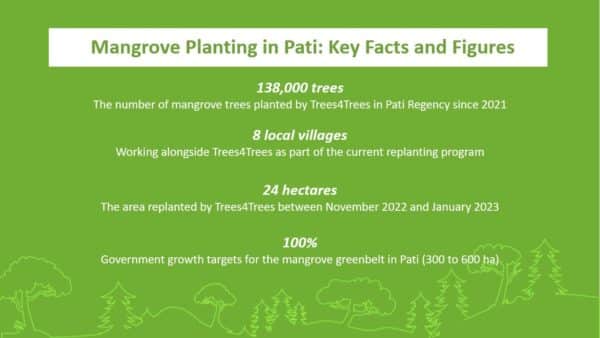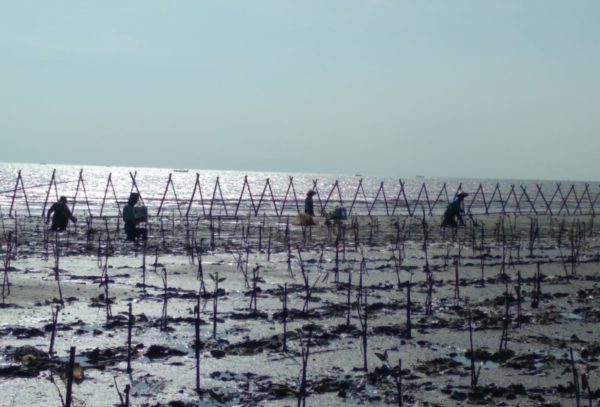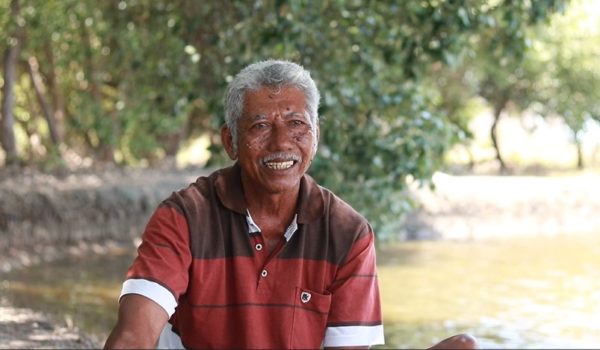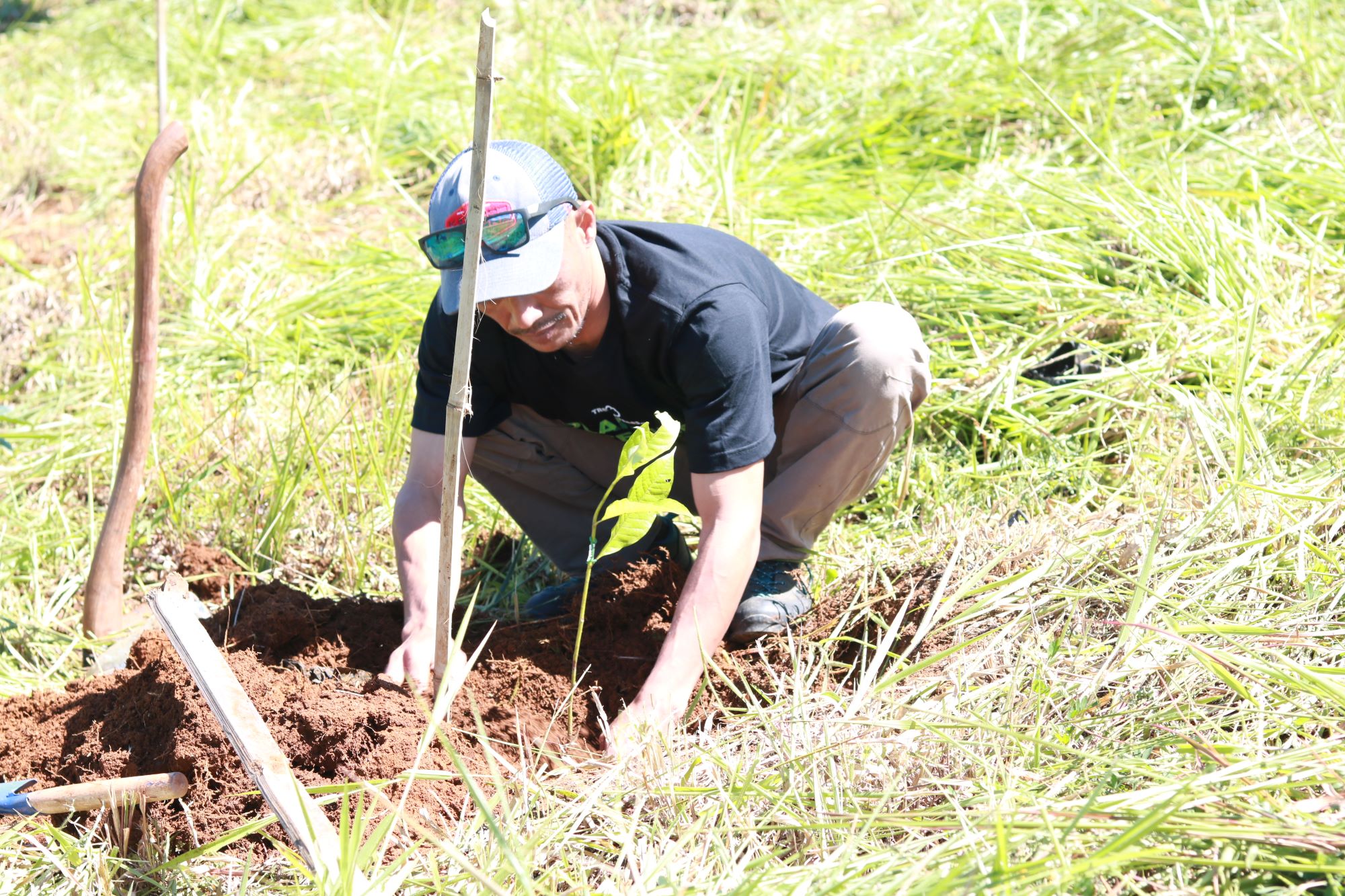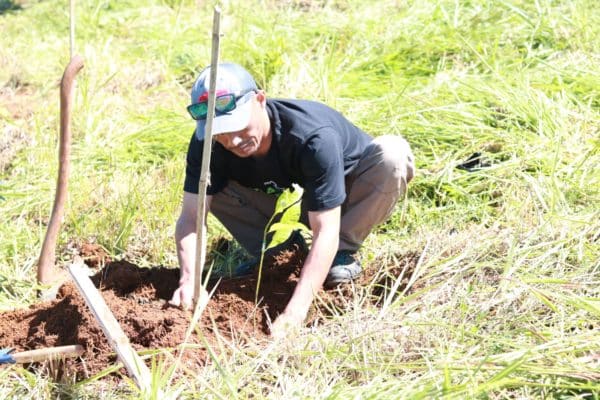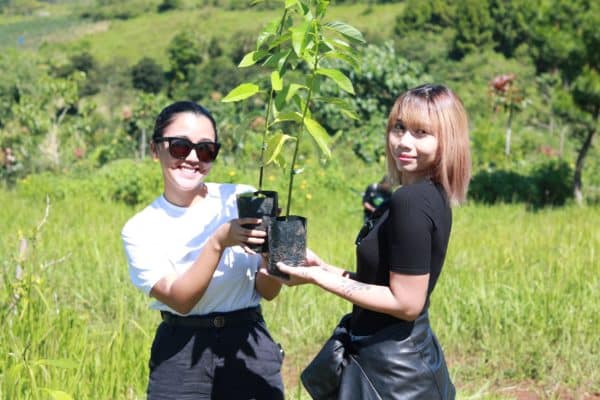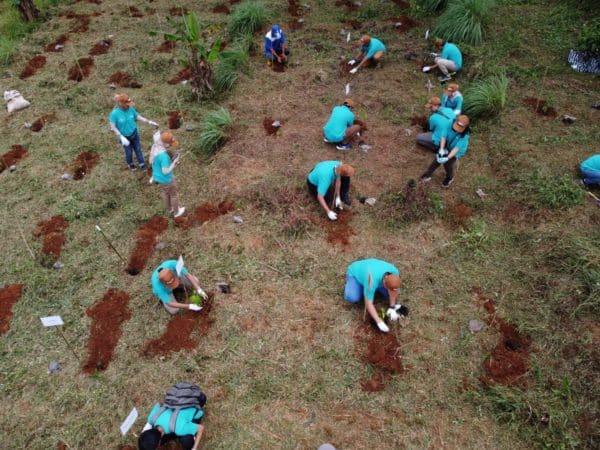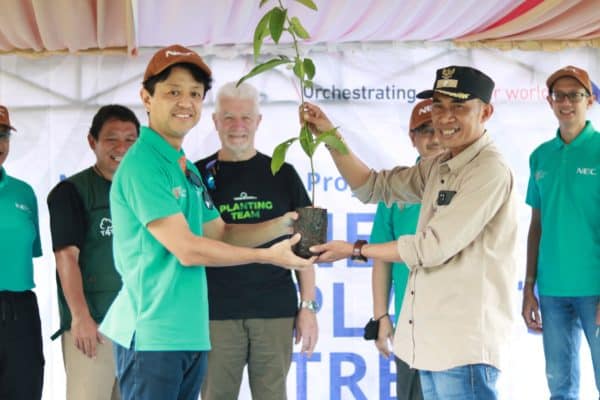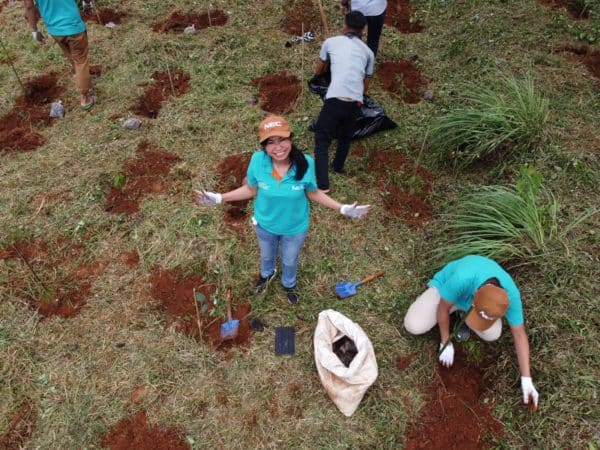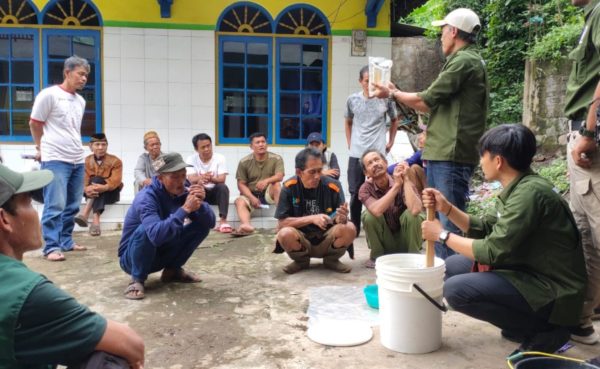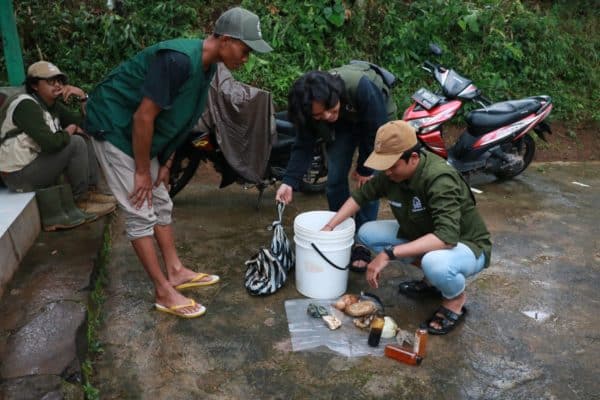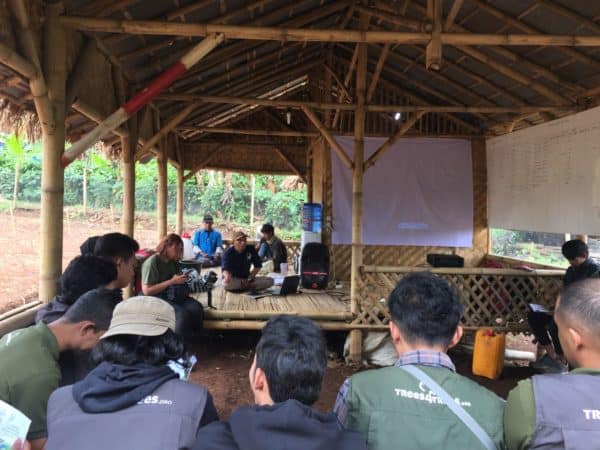A Monument to Cooperation: AstraZeneca Puts Down Roots in Java

To the east of Yogyakarta city, Banyunibo stands alone; an island of stone, marooned in a sea of green farmland. Unlike most buildings from the ancient Mataram kingdom – like nearby Prambanan and Ratu Boko – this ninth-century temple leads a solitary life.
Out on these sunbaked plains, there are hardly any trees to provide shade. Particularly in the dry season, the area can become very hot and arid during the day, chasing people back to their cars and villages. But all that is about to change.
A Shade Better: AstraZeneca Program Targets Tree Cover Density
In February 2023, a joint tree-planting program kicked off in Cepit sub-village, where Banyunibo is located. Implemented by AstraZeneca and with support from Trees4Trees, the program will expand tree cover and provide more shade at the site.
AstraZeneca Indonesia is working to deliver social and economic benefits to the local community, as part of an overarching goal to improve the environment.

Providing Benefits for People and Nature
The program provided a number of benefits to the local environment: restoring bare land, increasing water availability, supporting biodiversity, and mitigating environmental problems in various locations.
“The tree-planting event also included the riverbanks,” says Novita, Assistant Planning Manager at Trees4Trees. She explains that the trees planted will protect the rivers from erosion. “They will also increase rainwater absorption in the ground, preventing rainwater from flowing directly into the river,” she added.
The program chose trees that will benefit communities. Species like mahogany, teak, damar, and trembesi, provide shade, support water availability, and produce a vast amount of oxygen; while fruit trees such as avocado, durian, and sapodilla can offer a source of income to local enterprises.
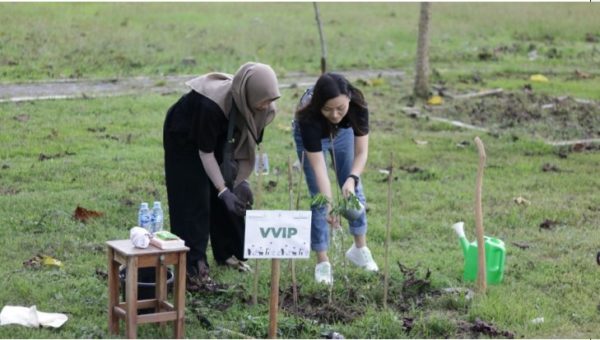
The Program in Numbers
The program involved many different people, working together to provide a range of environmental and social benefits, while also raising awareness in local communities about the importance of trees.
- 260 trees planted
- 2,500 square meters of land
- 500 volunteers from AstraZeneca Indonesia
- 25 groups, led by 18 experts from Trees4Trees
- 3 local communities
“We hope everyone will benefit from the trees we have planted in this area,” says Novita. “Especially the local communities in the village, who can enjoy the shade provided by the trees and the oxygen they provide.,” Trees planted during the project will grow to provide shade for the temple, ecosystem benefits for the surrounding area, and livelihood opportunities for the people who live and work here.
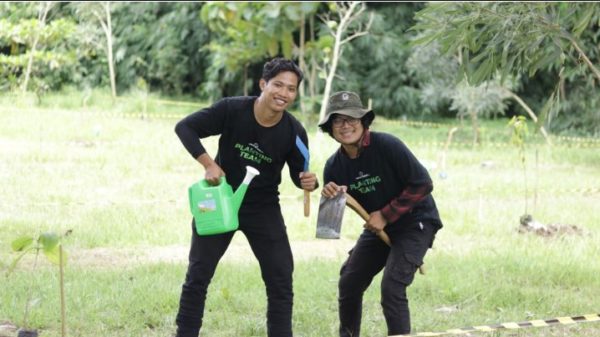
In the fertile heartland of Java, history and traditions run deep. Banyunibo is a symbol of this proud heritage. In the local language, the temple’s name means ‘dripping water’. With every drop of sweat shed during the recent tree-planting program, and every drop of rain that falls from now on, a forest will spring up around the temple; a living monument to the power of cooperation, shading the temple and its visitors for generations to come.
For more information, and to find out how Trees4Trees is working together with AstraZeneca to restore forests around Indonesia, visit our website.

